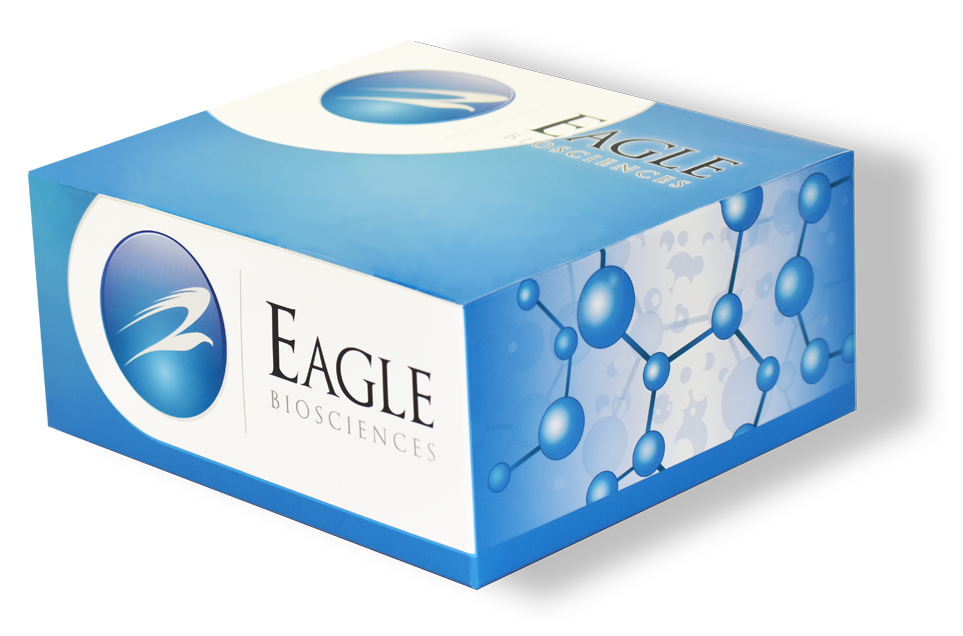Alpha 1-Microglobulin (A1M) is a low molecular weight glycoprotein produced primarily in the liver and present in blood, urine, and various tissues. It functions as a radical scavenger and heme-binding protein, protecting tissues from oxidative stress and damage caused by free radicals and heme-derived molecules. A1M plays an important role in maintaining redox balance and tissue homeostasis, and its levels can reflect processes such as inflammation, kidney injury, and oxidative stress-related tissue damage. Because of its small size, A1M is freely filtered by the glomeruli and reabsorbed by renal tubular cells, making it a sensitive marker of kidney function.
The A1M ELISA (enzyme-linked immunosorbent assay) is used in research settings to quantitatively measure A1M concentrations in serum, plasma, or urine. Researchers employ this assay to study oxidative stress, inflammatory processes, and renal physiology, as well as to investigate the protective roles of A1M in tissue injury and disease models. It is also utilized to explore its involvement in chronic diseases such as cardiovascular disease, liver disorders, and conditions associated with increased oxidative stress.
In clinical settings, A1M ELISA is primarily used as a biomarker for renal dysfunction and tubular injury. Elevated urinary A1M can indicate early kidney damage even before conventional markers like serum creatinine are affected, making it valuable for monitoring patients with diabetes, hypertension, or nephrotoxic drug exposure. Additionally, A1M measurements can assist in assessing systemic oxidative stress and inflammation, supporting the diagnosis and management of conditions where tissue protection and redox balance are disrupted.
This product is manufactured in USA by Eagle Biosciences.
| Size | 1 x 96 Well |
| Sensitivity | 2.481 ng/mL |
| Dynamic Range | 12.5-400 ng/mL |
| Incubation Time | 2 hours 20 minutes |
| Sample Type | Biological Fluids |
| Storage | 2-8°C |
| Alternative Names | A1M, protein HC, alpha-1-microglobulin/bikunin precursor, and alpha-1-microglobulin–related protein. |

